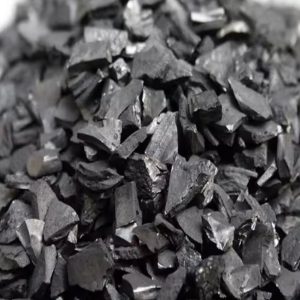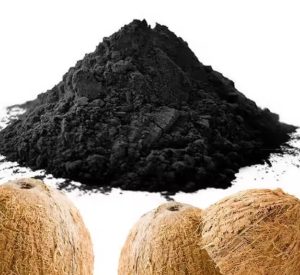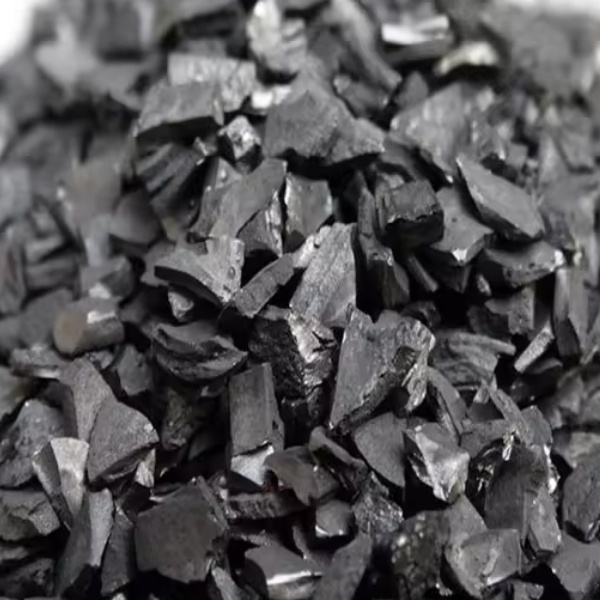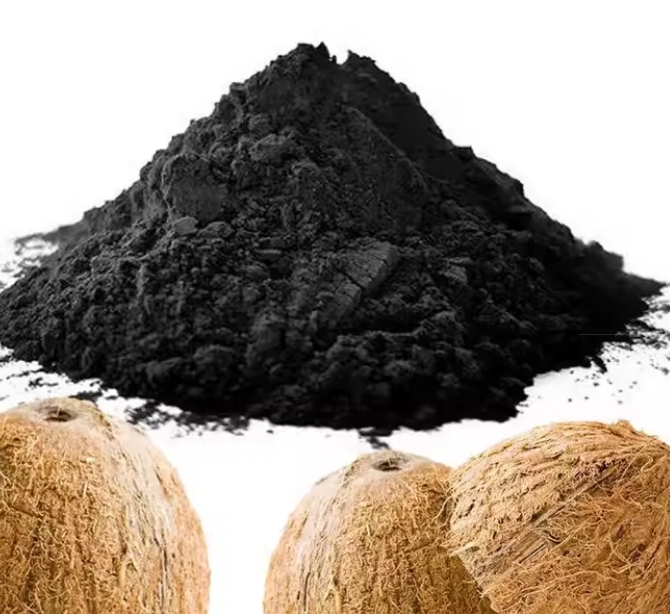Coconut shell activated carbon is a highly porous carbon material with a large surface area and strong adsorption properties. According to different forms, activated carbon can be divided into two main types: granular and powdery. These two types of activated carbon have certain differences in appearance, preparation methods, application fields and performance.
Coconut shell granular activated carbon is divided into shaped particles and amorphous particles. Qualitative granular activated carbon has a columnar shape, and amorphous particles are coconut shell activated carbon that is directly broken into irregular particle sizes. Granular activated carbon has high adsorption performance and large specific surface area, and is usually used in water treatment, waste gas treatment, desulfurization and denitrification and other fields.

Granular activated carbon has a wide range of applications. In the field of water treatment, granular activated carbon is widely used in water purifiers, water purification agents, sewage treatment and other fields. In the field of exhaust gas treatment, granular activated carbon is used to adsorb harmful substances in the air, such as formaldehyde, benzene, etc. In the field of desulfurization and denitrification, granular activated carbon is used to adsorb sulfur dioxide and nitrogen oxides in flue gas.
In addition to its application in the fields of water treatment and waste gas treatment, granular activated carbon is also widely used in food, medicine, chemical industry and other fields. For example, in the food industry, granular activated carbon is used for decolorization, deodorization, and deodorization; in the pharmaceutical field, granular activated carbon is used for drug carriers and drug preparation; in the chemical industry, granular activated carbon is used for catalyst carriers , chemical reaction media and adsorbents, etc.
Coconut shell powdered activated carbon is also called activated carbon powder. Its preparation process is similar to that of granular activated carbon, including carbonization and activation of raw materials. Generally, powdered activated carbon refers to coconut shell activated carbon larger than 80 mesh. However, powdered activated carbon has relatively fine particle size and is prone to loss during the production process. Therefore, in terms of price, powdered activated carbon is more expensive;

The application fields of powdered activated carbon are different from those of granular activated carbon. In the field of water treatment, powdered activated carbon is widely used in drinking water treatment, sewage treatment, etc. In the food industry, powdered activated carbon is used to improve food taste and quality. In addition, powdered activated carbon is also widely used in chemistry, medicine and other fields. For example, in the field of chemistry, powdered activated carbon is used as a catalyst carrier, chemical reaction medium, and adsorbent; in the field of medicine, powdered activated carbon is used in drug preparation, drug carrier, etc. The particle size of powdered activated carbon is usually between tens to hundreds of microns, with a larger surface area and more active sites. This type of activated carbon is often used to treat small amounts of liquids or gases, such as decolorization in pharmaceutical preparations and purification of oral solutions. The advantage of powdered activated carbon is that it can provide higher adsorption speed and better adsorption effect, because due to its fine particle size, it has a larger surface area and stronger adsorption capacity. However, powdered activated carbon needs to be thoroughly mixed with liquid or gas, so care needs to be taken during handling to prevent it from scattering.
How to use powdered activated carbon and granular activated carbon
From the perspective of usage, powdered activated carbon and granular activated carbon are also different. Powdered activated carbon is generally put in the form of gas, which can achieve uniform distribution; while granular activated carbon is generally put in the form of liquid, which can achieve rapid mixing.
When choosing granular or powdered activated carbon, here are some factors to consider:
- Treatment scale: If liquids or gases are treated on a large scale, granular activated carbon is a better choice because they can be added directly to the system through filters and have larger adsorption capacity and continuous use time. If you are dealing with liquids or gases on a small scale, powdered activated carbon can better meet the needs because its fine particle size allows for a larger surface area and higher adsorption rate.
- Operational requirements: Granular activated carbon is easier to operate and more convenient to use. They can be added directly to the system through the filter and can often be regenerated to extend service life. In contrast, powdered activated carbon needs to be thoroughly mixed with liquid or gas, and care needs to be taken to prevent it from flying apart during operation.
- Adsorption effect requirements: If you need better adsorption effect, powdered activated carbon is a better choice. Due to its fine particle size and larger surface area, it can provide better adsorption capacity and adsorption speed.
Granular activated carbon is suitable for large-scale treatment, is easy to operate and can last for a period of time; powdered activated carbon is suitable for small-scale treatment and has better adsorption effect.



